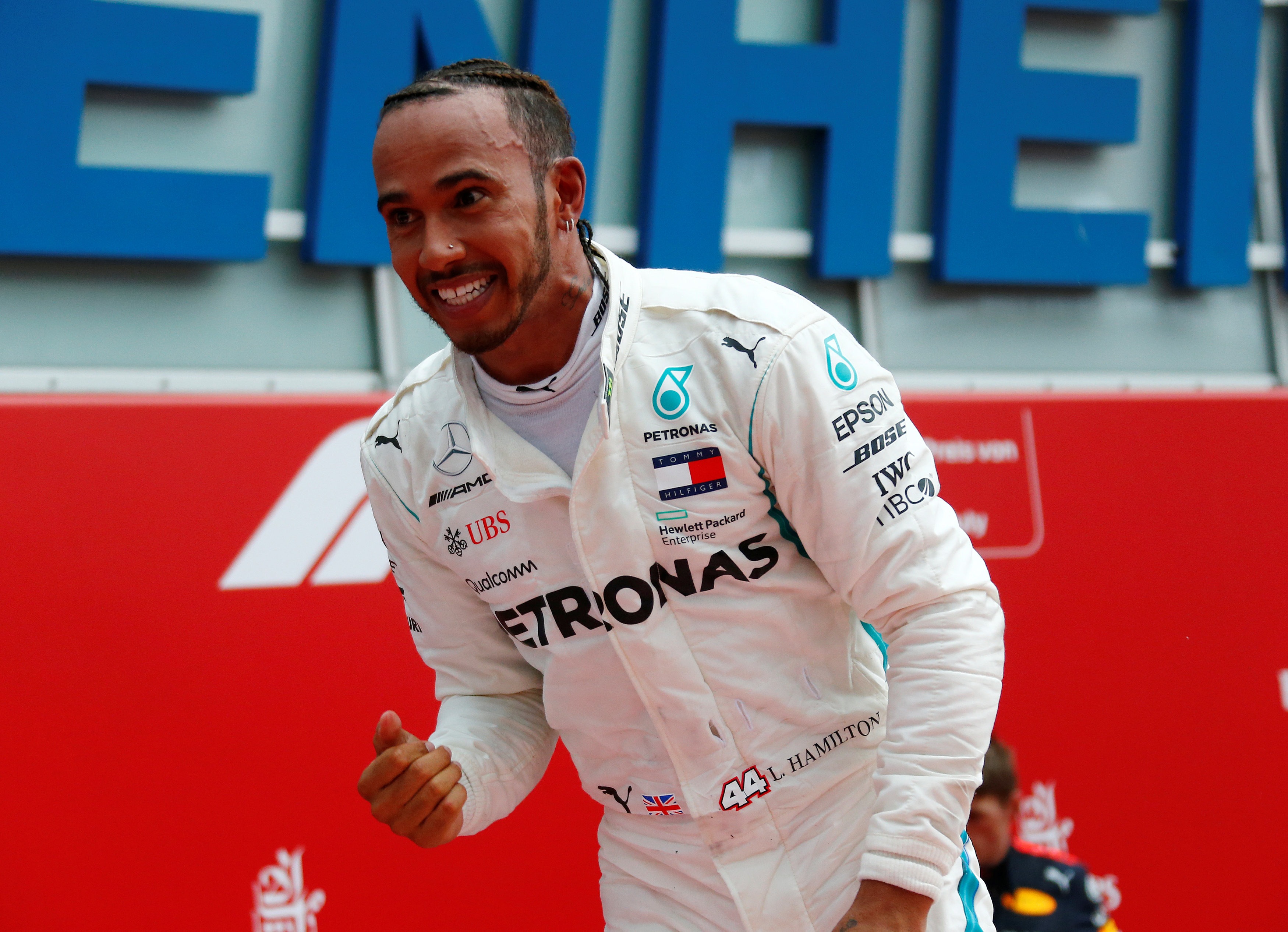Young Motorcyclist Killed in Fatal Crash at Hockenheimring
A tragic incident occurred at the Hockenheimring in Germany during the Racefoxx 1000 Kilometers event, resulting in the death of a 21-year-old motorcyclist from "serious injuries" sustained in a crash on Saturday.
Investigation Underway as Police Begin Probe
Authorities have not yet disclosed the cause of the accident, with the Mannheim traffic service launching an investigation to reconstruct the fall with the help of an expert.
Immediate Response and Race Cancellation
Emergency services, including a rescue helicopter, were deployed promptly after the accident. The 271-lap race was canceled, with all remaining races on Saturday also abandoned.
Hockenheimring: A Legendary Circuit
The Hockenheimring, known for hosting the German Grand Prix between 1977 and 2006, is a revered Formula One circuit. It alternated with the Nurburgring from 2007 onwards, with the last German Grand Prix taking place in 2019.

Future Races and Notable Winners
The German Endurance Cup race is set to continue at the Nurburgring in May. Notable drivers like Lewis Hamilton and Max Verstappen have triumphed at the Hockenheimring in the past.
Frequently Asked Questions
What are the power units of Formula 1 cars
The Formula 1 Power Unit consists a hybrid engine and Energy Recovery System. The ICE consists of a turbocharged V6 while the ERS is a system that captures energy in the exhaust and braking systems. This combination not only increases performance, but also efficiency. It contributes to the fascinating mix of speed and advanced technology in the sport.
How do Formula 1 cars ensure the safety of drivers?
Formula 1 cars are designed with cutting-edge safety features to protect drivers. This includes a strong, carbon-fiber monocoque as well as the Halo cockpit-protection system, energy absorbent crash structures, advanced helmet technology, and a powerful, lightweight monocoque. Each component undergoes rigorous testing and conforms to strict safety standards, set by FIA.
What role does aerodynamics have in Formula 1?
Aerodynamics play a crucial role in Formula 1 because they affect drag and downforce. Downforce presses the car onto the track, which increases grip and allows drivers to maintain high speeds through corners without losing control. To gain an advantage over competitors, teams spend a lot of resources on aerodynamics.
What is the difference in F1 between wet and slick tires?
Slick tires in Formula 1 are designed for dry conditions, and their smooth surface area provides maximum contact with the track, offering the highest levels of grip. Wet tires (intermediates and full-wets) have tread patterns designed to disperse the water on wet surfaces, reducing aquaplaning and providing traction during rainy conditions. Full wets can be used for heavy rain while intermediates are best suited to light rain.
Statistics
- Ayrton Senna holds the record for most consecutive pole positions, achieving a series of eight poles from the 1988 Spanish Grand Prix to the 1989 United States Grand Prix.
- The largest winning margin in a Formula 1 race was recorded by Jim Clark in 1963 at the Belgian Grand Prix, with a lead of nearly 5 minutes over the second-place finisher.
- The highest number of cars to start a Formula 1 race was 34 at the 1953 German Grand Prix.
- As of the end of the 2022 season, Formula 1 races have been held in 34 different countries around the world.
- The Silverstone Circuit, home to the British Grand Prix, has hosted more Formula 1 races than any other circuit since the championship began in 1950.
- The fastest lap ever recorded in Formula 1 was set by Juan Pablo Montoya, reaching a top speed of 372.6 km/h (231.523 mph).
- Sebastian Vettel became the youngest World Champion in Formula 1 history, securing his first title at the age of 23 years and 134 days in 2010.
- Kimi Räikkönen holds the record for the fastest lap in Formula 1 history, set at the Italian Grand Prix in 2018 with an average speed of 263.587 km/h (163.785 mph).
External Links
motorsport.com
bbc.co.uk
pitpass.com
f1technical.net
f1-fansite.com
autosport.com
racing-statistics.com
racefans.net
How To
How to follow Formula 1 Drivers and Teams News
Fans who want to be informed of the latest developments in Formula 1 must follow news about drivers and teams. Subscribe to the newsletters of reputable F1 websites. Bookmark them. Follow F1 drivers, teams and official social media accounts. You’ll get the most recent announcements as well as behind-the-scenes information. Forums or fangroups can provide valuable discussions and insights. In addition, motorsport journalists can be followed on Twitter and you can listen to F1 audio podcasts.

